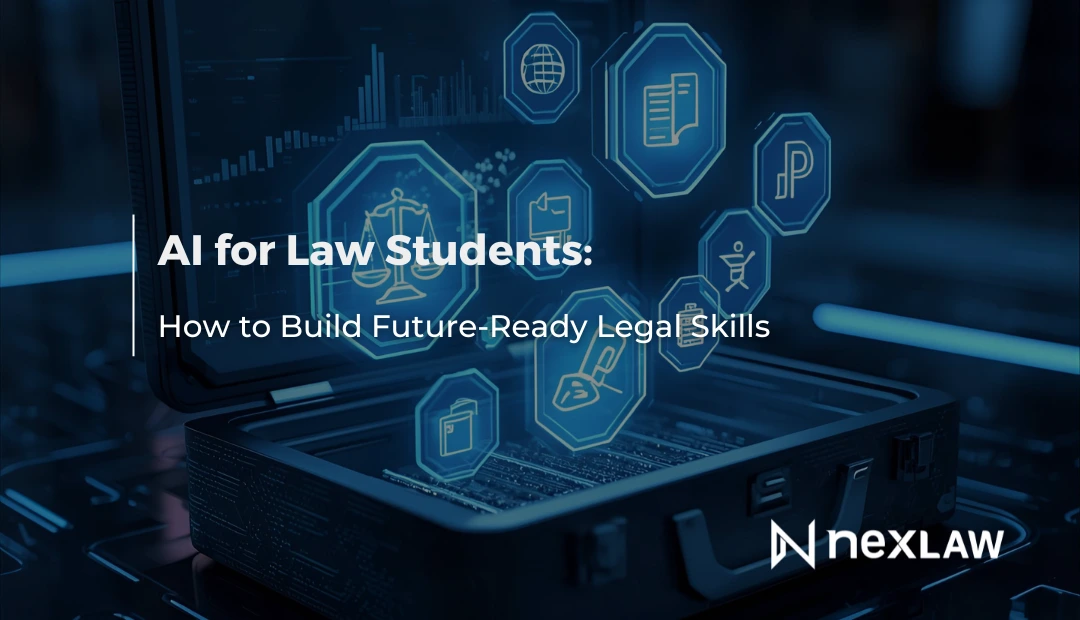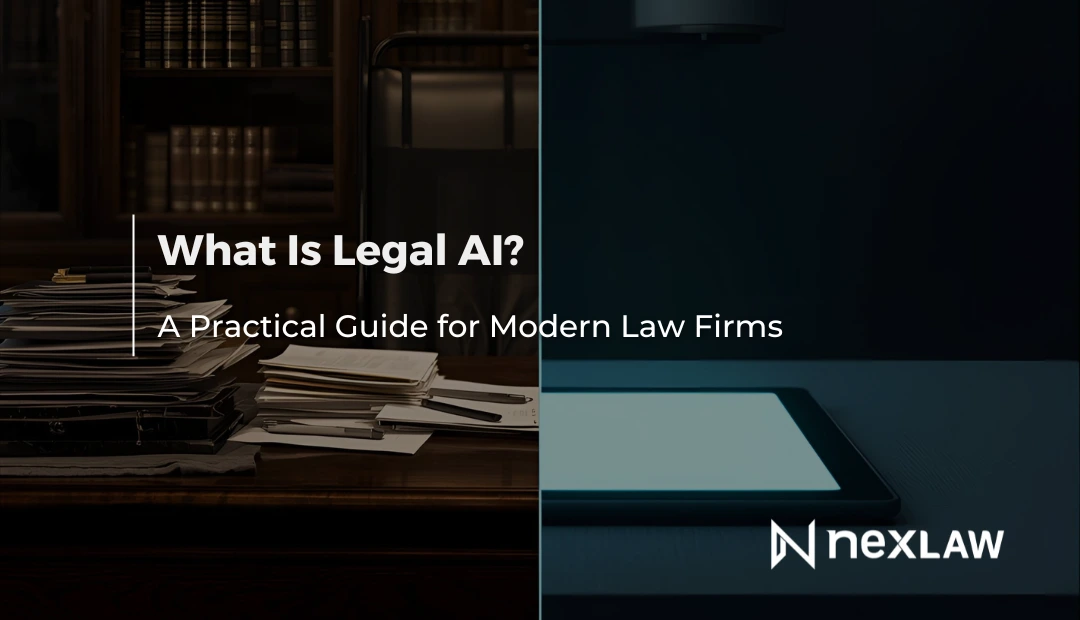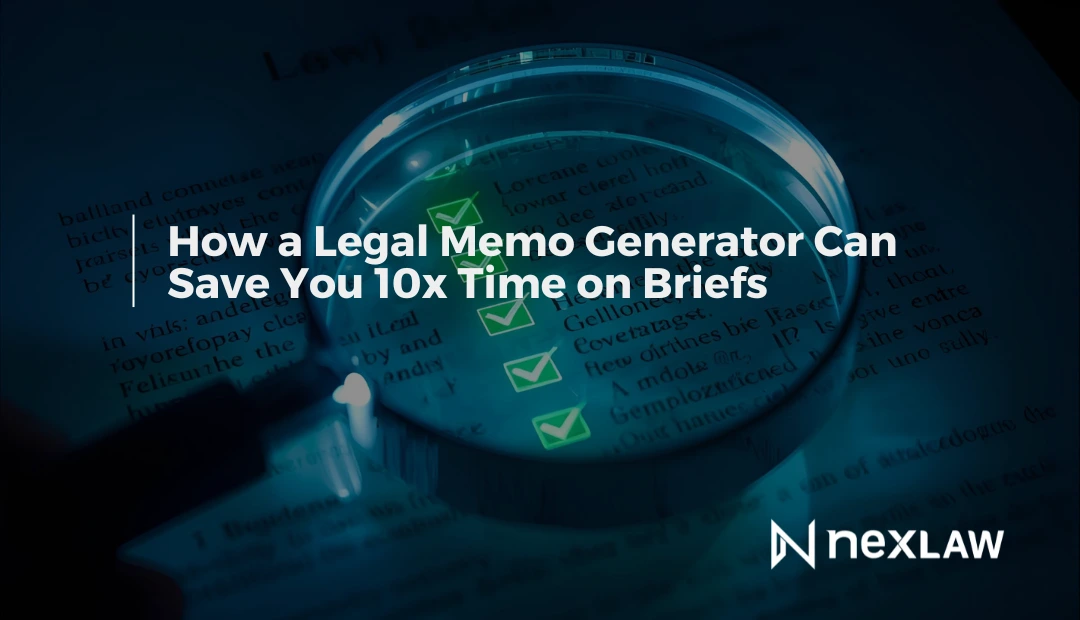AI for Law Students: How to Build Future-Ready Legal Skills
Unlock Legal Insights Instantly!
The Next Generation of Lawyers Will Be AI-Native
Law school used to focus on precedent and procedure. Now, it must also include proficiency in artificial intelligence.
The American Bar Association’s 2025 Technology Report noted that 82 percent of U.S. firms now expect AI literacy from new hires, especially in research and litigation support roles.
For law students, this shift presents both a challenge and an opportunity. Those who learn to use legal AI tools effectively will enter the job market with a clear advantage. They will understand not just the law, but also how to use technology to apply it efficiently and ethically.
Why Law Students Should Learn Legal AI Early
The legal industry is moving toward efficiency, transparency, and outcome-based service. Law firms want junior lawyers who can deliver high-quality work quickly—and that requires mastering AI-assisted workflows.
Here are three reasons every law student should start using AI now:
- Practical Experience – AI tools simulate real law firm workflows, helping students understand how research, drafting, and trial prep connect.
- Faster Learning Curve – Students who practice with AI platforms can complete legal tasks in hours that once took days.
- Career Readiness – Familiarity with tools like NexLaw, which are used in actual litigation, makes new graduates more employable and confident in real practice.
The Core AI Tools Every Law Student Should Know
Modern AI platforms like NexLaw provide a full litigation learning environment that helps students bridge theory with practice.
NeXa: Learn Research and Drafting the Smart Way
NeXa allows students to explore legal questions by connecting directly to verified databases. It can summarize rulings, compare jurisdictions, and generate memo outlines. For example, a student studying tort law can ask: “Summarize five recent negligence cases from California and compare their outcomes.” Within minutes, NeXa produces a concise overview with citation trails, helping students analyze patterns and judicial reasoning.
ChronoVault 2.0: Organize and Understand Case Facts
ChronoVault 2.0 helps students organize case materials into a visual timeline. When preparing a moot court argument, they can upload witness statements, contracts, and exhibits to see how events align chronologically. This builds strong analytical habits by connecting facts, issues, and outcomes.
TrialPrep: Build Confidence in Litigation Strategy
TrialPrep gives law students a sandbox for learning motion writing and oral argument structure. It generates motion outlines, exhibits, and argument checklists that can be reviewed or customized.
Courtroom Assistant: Practice Real-Time Hearing Analysis
This upcoming tool simulates courtroom experience by helping users track arguments, timestamps, and citations during hearings. It allows students to practice live observation and argument reconstruction—skills essential for litigation practice.
Together, these features simulate the work of an actual legal associate, turning study sessions into hands-on experience.
Practical Workflow Example: From Case File to Courtroom
Here’s how a law student could use NexLaw to prepare for a mock trial assignment:
- Upload case documents into ChronoVault 2.0.
- Use NeXa to research relevant caselaw and extract key citations.
- Draft the motion outline in TrialPrep, incorporating NeXa’s findings.
- Practice oral arguments with the Courtroom Assistant.
This approach not only builds technical proficiency but also reinforces critical thinking—understanding why each step matters in legal reasoning.
Real Law Schools Are Already Adopting AI Training
Several U.S. universities have started integrating AI tools into legal curricula:
- Harvard Law’s Innovation Lab now uses AI-assisted research simulations to teach civil procedure.
- Georgetown Law offers an “AI in Practice” module that introduces drafting and discovery automation.
- Stanford Law uses AI-based case analytics for moot court prep.
NexLaw’s educational partners use these tools in similar settings, helping students transition seamlessly into professional practice.
The Ethics of Using AI in Legal Education
Learning AI in law school is not only about mastering efficiency but also about learning responsible use.
Students must remember that every AI suggestion must be verified before use—especially in academic or court-like settings.
NexLaw’s Agentic AI is designed to support this principle:
- NeXa flags unverified citations before they appear in research summaries.
- TrialPrep requires user validation before submitting a motion.
- ChronoVault 2.0 records every edit for transparency and review.
This aligns with the American Bar Association’s guidance that lawyers remain accountable for any technology they use.
How AI Prepares Students for Real-World Practice
Law students who practice with AI are better prepared to step into firms already using automation for research, drafting, and discovery.
The benefits include:
- Reduced onboarding time when joining a firm.
- Familiarity with court-ready tools like TrialPrep and ChronoVault 2.0.
- Confidence in AI-assisted analysis that meets professional standards.
By the time they enter practice, these students can deliver immediate value—something firms increasingly seek in junior associates.
From Classroom to Courtroom: The Agentic AI Advantage
What makes Agentic AI different from generic learning tools is its integrated workflow. Instead of handling one task at a time, it connects document upload, event extraction, evidence review, and trial strategy in one environment.
Students using NexLaw experience the same full litigation pipeline used by practicing lawyers:
- Upload documents and extract facts.
- Review evidence and identify missing files.
- Generate strategy outlines.
- Simulate hearings using Courtroom Assistant.
It is not just a simulation. It is real-world preparation wrapped in technology.
Build Your AI-Ready Legal Skillset Today
AI is reshaping what it means to be a lawyer—and law students who start learning now will define that future.
NexLaw provides the most practical, ethics-aligned environment to practice research, drafting, and litigation prep.
- Try the 3-day free trial to explore all features.
- Get full educational access with the 7-day trial.
- Or book a demo call to discuss academic partnerships or classroom use.





